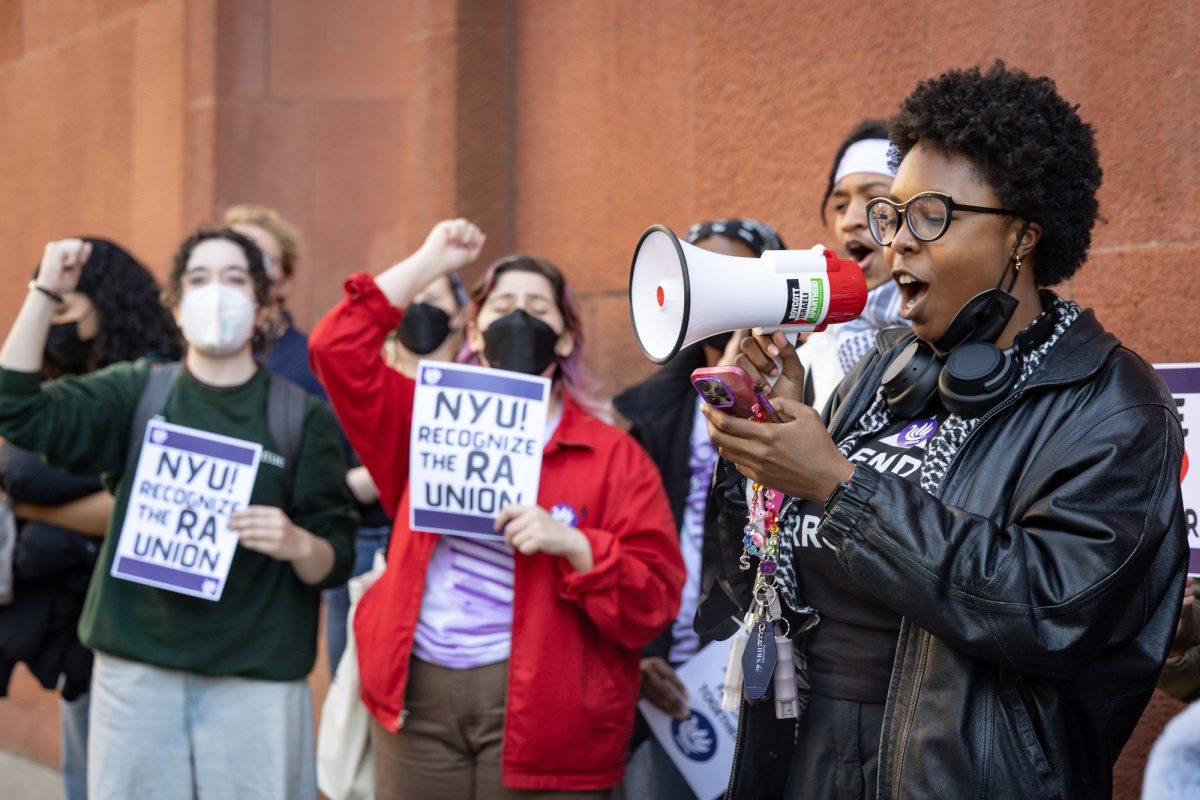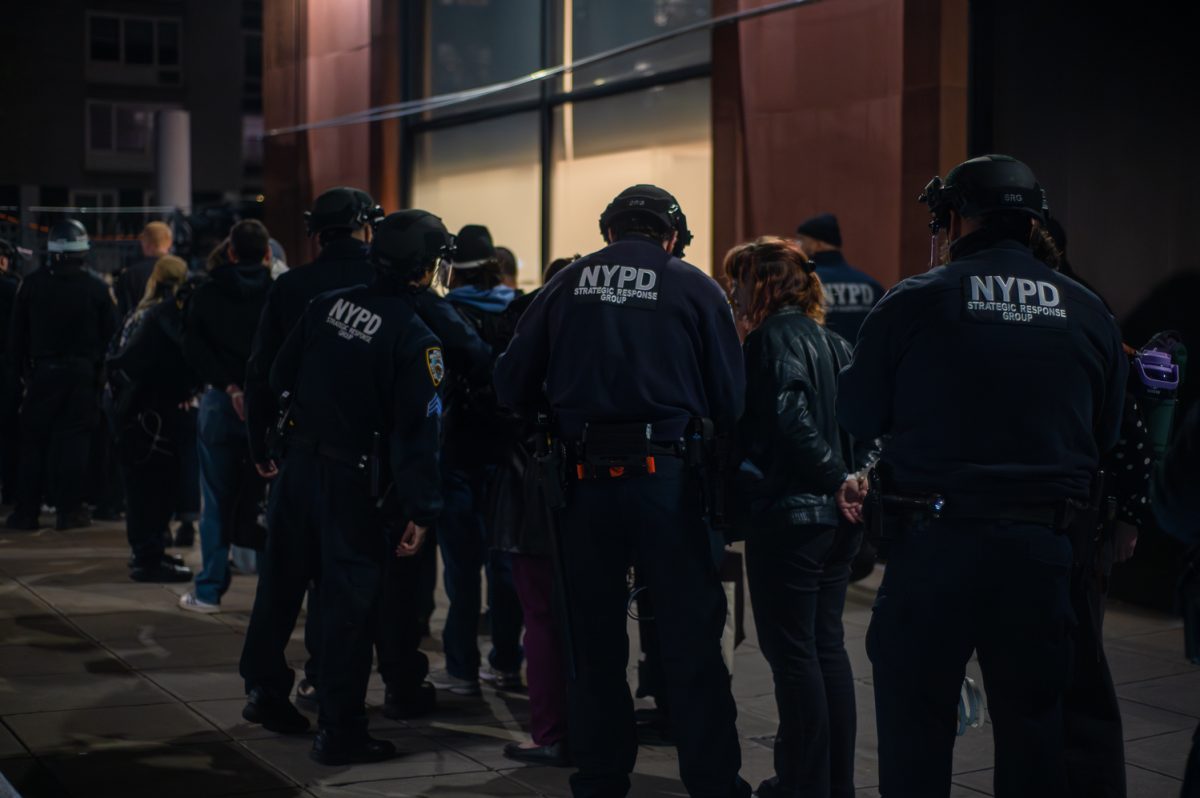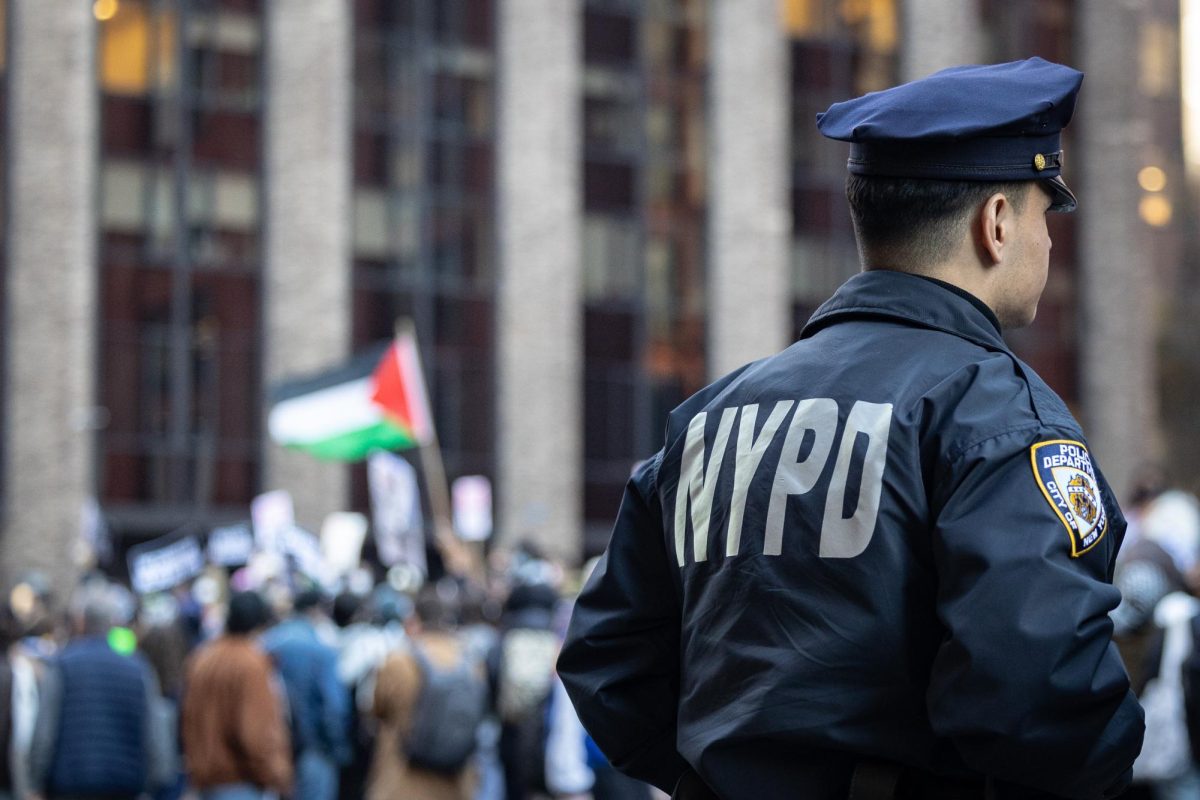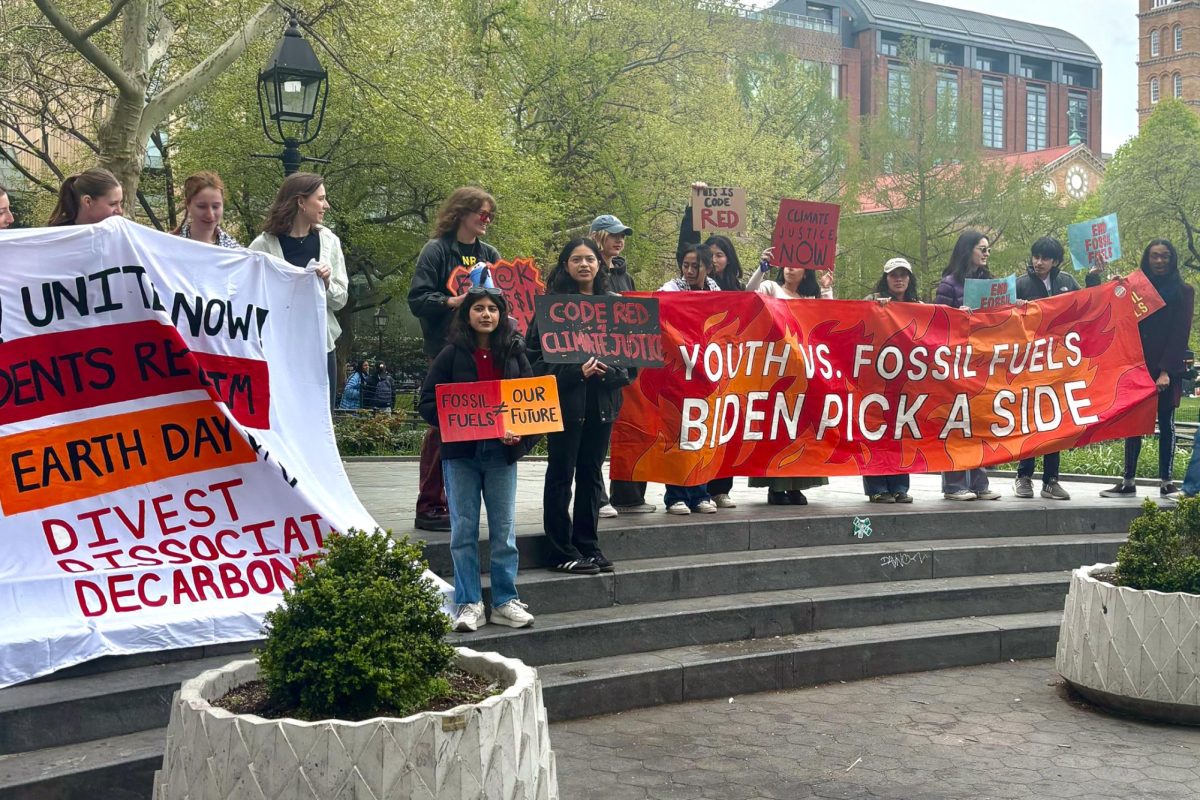On Sept. 25, 1690, “Publick Occurrences Both Forreign and Domestick” was distributed in Boston, becoming the first newspaper published in the Americas. By Sept. 29, the paper was recalled by the local colonial government, becoming the first newspaper published in the Americas to be suppressed. The introduction of the paper established three basic principles for the publication: to record important events, keep people informed and correct mistakes openly in the next publication. In its rebuke, the colonial government dismissed the accuracy of the publication, calling it “doubtful and uncertain.” Although brief, this inaugural moment of journalism in the Western Hemisphere offers invaluable insights about where the industry has come from and perhaps, where it’s going.
For the last decade, a majority of Americans have said that they do not trust mass media. In 2016, trust reached an all time low of 32%, and although it has improved since — a 13% increase from 2016 to 2018 — the difference seems stark compared to the first ratings taken in 1972 of 68%. While no one should dismiss the seriousness of this mistrust in media, it’s important to consider the long-term perspective. There have been many times in the nation’s history when our relationship with the media has changed.
The end of the 19th century saw the beginning of yellow journalism, which fundamentally changed America’s relationship with information. The hallmarks of yellow journalism included sensationalization, misrepresentation and factual errors, which caused the country’s faith in media to decline dramatically. At the same time, journalists known as muckrakers were writing powerful stories about corruption and injustice. The major crusades of this era included the rising inequality of the Gilded Era, the real motivations behind the lynchings of African American men and the stark conditions of child labor, just to name a few. If yellow journalism degraded the reputation of journalists, muckrakers were helping to reestablish it.
The contrast in the industry is more clear today than ever before, with organizations like the Breitbart Report and New York Post invoking the same sensationalization tactics of yellow journalism to misrepresent stories and provide a platform for xenophobia. Nevertheless, their work should not taint the important work of other journalists, who carry on the principles established in the very first paper. Consider this year’s Pulitzer Prize-winning report from The New York Times about President Trump, revealing the more than $400 million Trump received through suspect tax arrangements. Their work is particularly important in light of Treasury Secretary Steven Mnuchin’s decision to not cooperate with Congress by refusing to release Trump’s tax returns. When government officials refuse to be held accountable by institutional checks and balances at hand, it is the responsibility of the press, the unofficial fourth branch of government, to do the work that others are unable to. However, we’ve all heard the saying before: with great power comes great responsibility. Being a journalist is about being able to participate in the process of history and the way a story is told can sometimes be more important than the story itself. For instance, a reporter with The New York Times claimed “America stumbled into torture” during the course of the War on Terrorism, as opposed to delibrately evading international law. Much like government officials, journalists must hold themselves accountable to some sort of standard, the deviation from which can only lead to an erosion of trust in media.
Part of the reason people distrust media may have to do with the changing media environment. According to a University of Pennsylvania study, it is unclear if people truly mistrust the news they receive due to the fact that “an accessibility bias combined with the proliferation of news sources in recent years may lead individuals to think of distrusted sources when asked to answer generic media trust questions.” The study found that when asked about specific news sources, people had greater trust in those sources than in the media as a general industry. The authors suggest more research is needed to accurately determine people’s trust in media and while that is true, much can be gleaned from this study alone.
The way people are told a story affects the way they perceive it. Despite the fact that more than half the country does not trust the media, 68% of people still seek out news from social media. As an industry, we’re coming to terms with the changing physical reality of the news; this change is much more about the decline of the newspaper and less about the decline of news itself. As a contributor to a weekly printed publication, it would be dishonest to say I don’t understand the nostalgia for the object itself. Nevertheless, the decline of the newspapers is in direct contrast to the surge in digital subscriptions, making it clear that people are far from yearning for ignorance.
Ultimately, journalism is an industry that thrives when properly self-regulated but not when it completely ignores criticism. Journalism and criticism should, instead, work symbiotically, seeking to inform and establish one another. As stated in the original principles of “Publick Occurrences,” one of the most important responsibilities of a publication is to admit its errors openly. By self-correcting, journalists establish their commitment to accuracy, no matter what it looks like. Through this, journalists earn the right to tell the stories of human experience. As we become more aware of the dangers journalists face — unemployment, imprisonment, death — the task becomes daunting, but nevertheless necessary.
To see the future of journalism, perhaps one should look to the past. What it reveals is a near-constant struggle, concretely defined by a human desire to be heard and to know. As a student journalist, my work has been vastly different from the work discussed above. And while its importance is certainly up for dispute, it is always an honor to tell the story.
This article is part of a special series from WSN called “The Future of Journalism,” in which the Opinions Desk plans to explore the future of the journalism industry in the current political and social climate, as well as try to gain a better understanding of how we can prepare our future journalists for the field.
Opinions expressed on the editorial pages are not necessarily those of WSN, and our publication of opinions is not an endorsement of them.
Email Cole Stallone at [email protected].













































































































































